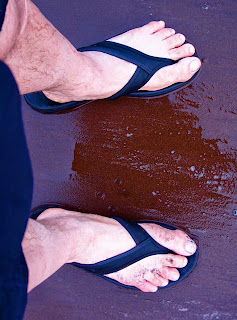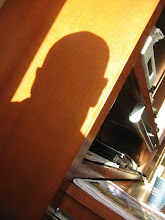Monday, July 4, 2016
here's the story
We moved to D.C. in 2005 and at that time I was studying Nigel Wood's book, "Chinese Glazes." Shortly after that I ordered "Iron in the Fire" as well, as it was one of the first books inspiring my interest in the most versatile of earth pigments: iron. I recently discovered that iI needed to make a trip to London on family business and was vaguely familiar with what I only knew as the Percival David Foundation Collection, only to discover the source of many of the images used in the "Chinese Glazes" collection. I'm not going to review the content of the book here as it was nearly 10 years ago that i studied it, but it was gratifying to see the actual work and to explore how these glazes might be recreated.
Sunday, June 14, 2015
Mixing Clay Without Machinery
AG-19 "Issenburg's" Glaze is 50% wood ash, 50% Red Art; Wood Ash Hot Tips
AG-19 "Issenburg's" Glaze is 50% wood ash, 50% Red Art; Phil Rogers made an excellent suggestion to at least once-wash the ash because it can be screened nicely as a watery solution. The ash settles in a day or 2, and you have a nice by-product of lye water. Separate the two and let the ash dry to a fine powder and its ready for use and/or storage. The bucket of glaze made with washed ash will not gradually thicken as it otherwise would, which can lead to application problems if the wet glaze is stored over time.

Thursday, July 10, 2014
Subscribe to:
Posts (Atom)





